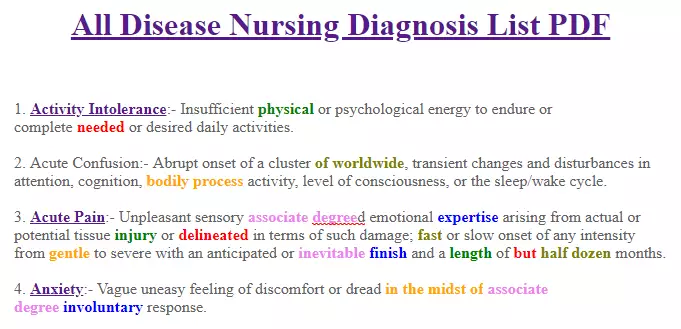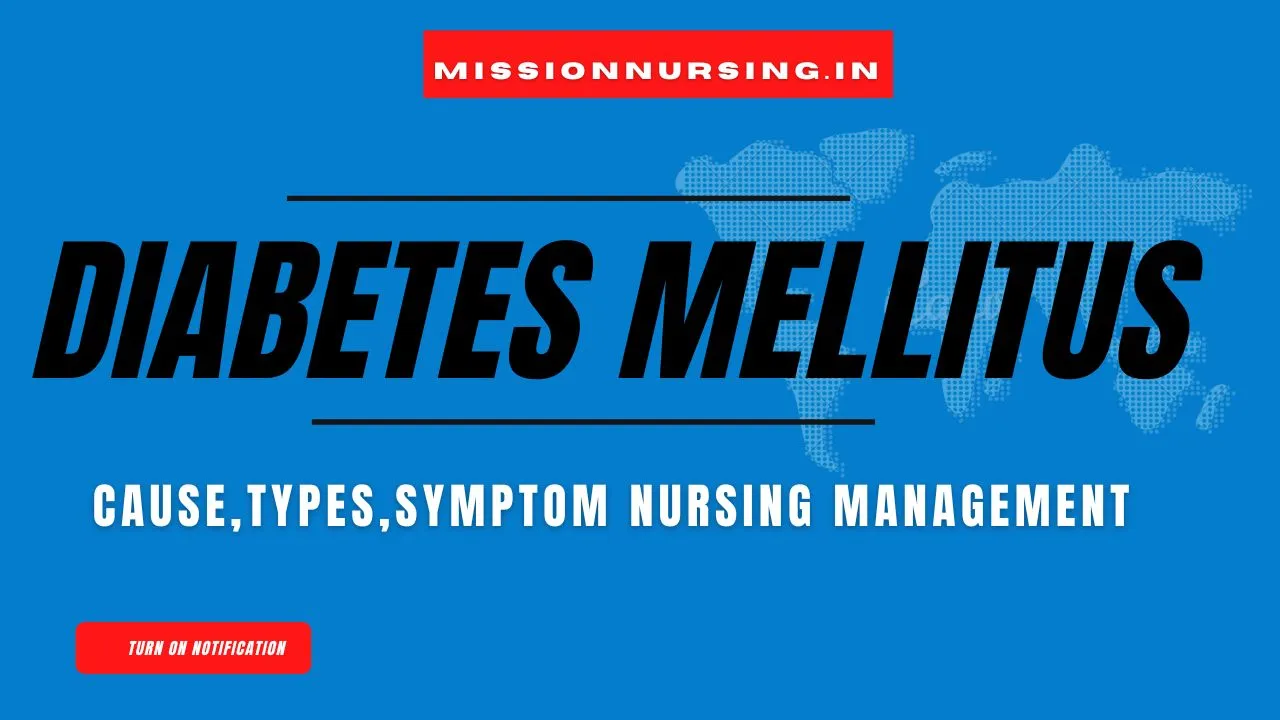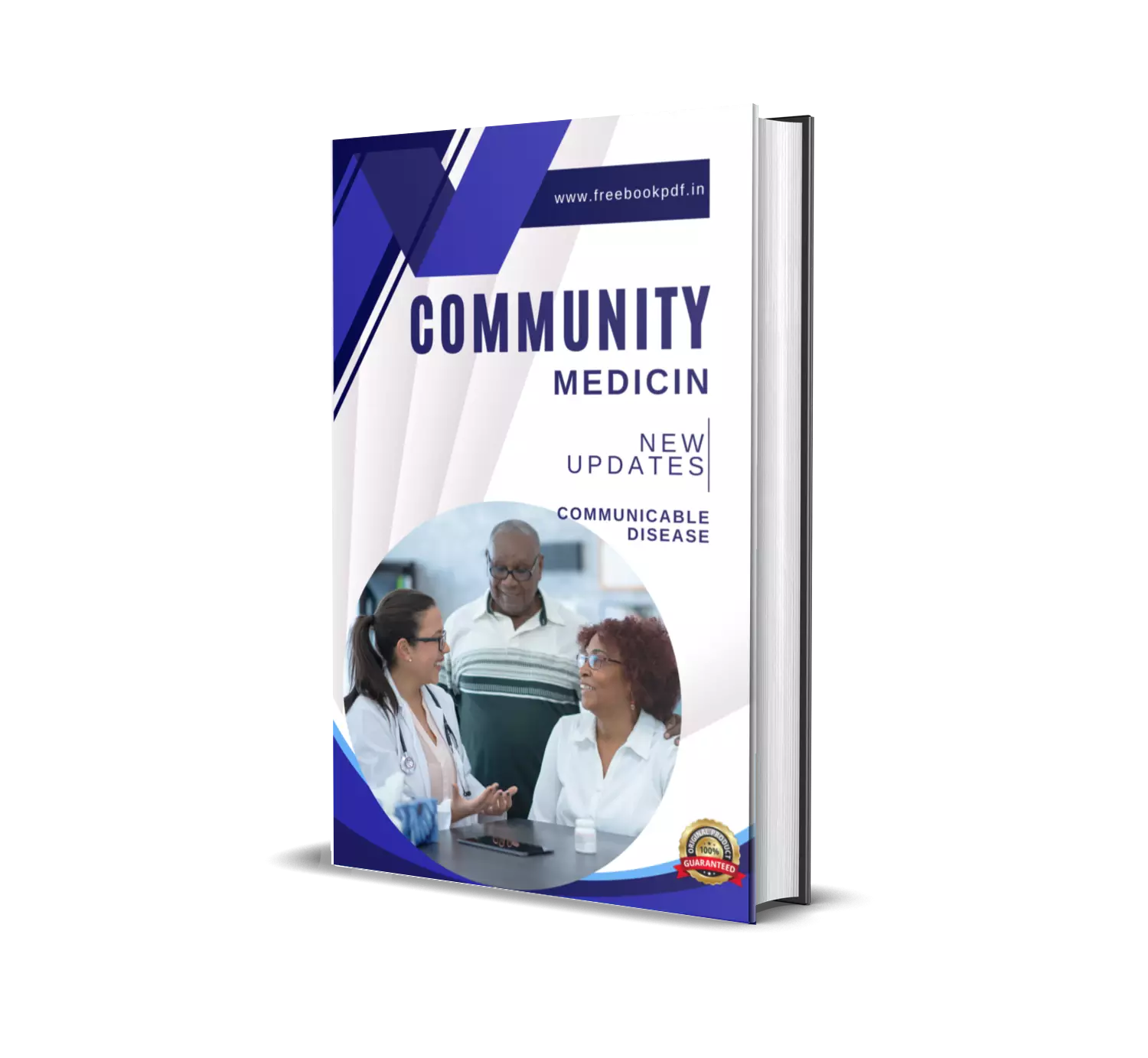What is leukaemia cancer?
The word leukaemia is derived from the Greek word “Leukos” which means – white and “aima” which means – Blood. Leukaemia is a group of malignant disorders of blood-forming organs (bone marrow, spleen and lymphatic system). Leukaemia is a neoplastic disorder of white blood cells (WBC). Leukaemia incidence is higher in males than females. Generally, leukaemia affects the bone marrow and causes anaemia, thrombocytopenia, and leukopenia, and decreases immunity and immature cell production.
Types of leukaemia
-
Acute lymphocytic leukaemia
- Generally lymphocyte leukaemia associated with bone marrow.
- Acute lymphocytic leukaemia onset at a younger age than 15 years (in children).
- Acute myelogenous leukaemia
- Onset between 15 to 39 years age group.
- It is characterized by the development of immature myeloblast in the bone marrow.
- Chronic myelogenous leukaemia
- Onset between 25 to 60 years of age.
- Mostly granulocytes present in the bone marrow.
- Philadelphia chromosome abnormality causes chronic myeloid leukaemia.
-
Chronic lymphocytic leukaemia
- Onset after 50 years of age.
- Commonly present in male persons.
- It is characterized by the proliferation of abnormal small and mature B lymphocytes that lead to decrease immunoglobulin synthesis and depressed antibody response.
Cause of Leukaemia
- Unknown cause
- Genetic disorder
- Environmental factor
- Exposure to radiation
- Chemical and medications
- Infection agents
- Chromosomal abnormalities.
Read Also- Seizure: Causes, Types, Treatment, and Nursing Management
Read also- Bell’s Palsy: Causes, Symptoms, Diagnosis, Treatment
Signs and symptoms of Leukaemia
- Anaemia, thrombocytopenia, neutropenia
- Loss of appetite, weight loss, weakness, fatigue
- Fever and headache
- Bleeding and epistaxis
- Dyspnoea ( shortness of breath )
- Feeling of abdominal fullness
- Hepatomegaly
- Hyperuricemia
- Bone pain and swelling
- Increase body temperature
- Ecchymosis
- Decrease haemoglobin level
- Disorientation.
Diagnostic examination Of Leukaemia
- History collection and physical examinations.
- Bone marrow biopsy.
- Chest x ray.
- Blood test.
- Bone marrow aspiration study.
- Peripheral blood examination.
- Spinal tap.
Medical management of Leukaemia
- Chemotherapy – chlorambucil, cyclophosphamide, prednisolone
- Radiation therapy
- Targeted therapy
- Biological therapy
- Stem cell transplant
- Chimeric antigen receptor T-cell treatment.
- Blood or platelets transfusion.
Complication of leukaemia
- Anaemia
- Weight loss
- Infection
- Bleeding
- Tumour lysis syndrome
- Kidney failure.
Nursing management of Leukaemia
- Monitor patient vital signs and bleeding disorders.
- Measure patient WBC and platelets count.
- Use always aseptic techniques to control the infection.
- Prevent bleeding disorder by use of anticoagulant drugs.
- Avoid urinary catheterization procedure.
- Mental patient hygiene and oral hygiene.
- The Administrator prescribes medication and other treatments.
- Maintain patient nutritional balance.
- Nurse placed a client in a private room with the door closed.
- To treat anaemia, provide blood transfusion procedure.
- Provide soft foods to avoid oral mucosa damage.
- Observe the side effects of chemotherapy.
- Avoid rectal enema, temperature and suppositories.
- Educate the patient to avoid blowing the nose and use only electric razor for shaving.
- Nurses assist the patient for self-care activity.
- Nurses maintain infection and bleeding precautions.
- Nurses provide physiological support and home care.
Key Points about Leukaemia
- Malignant disorder of blood-forming organs – Leukaemia.
- Platelets status in leukaemia disorder – Thrombocytopenia.
- Most common leukaemia in children – Acute lymphocytic leukaemia.
- Leukaemia awareness is represented by – Orange colour ribbon.
- The aggressive type of acute myeloid leukaemia – Acute promyelocytic leukaemia.
- Leukaemia is a – Cancer of the white blood cells.
- Leukaemia is the most common cancer in – Children.
- One of the newest treatments of leukaemia – Stem cell transplantation.
- A common treatment for leukaemia – Chemotherapy.
- Leukaemia is most commonly found in – Male.
General FAQ?
What is Leukaemia?
Malignant disorder of blood-forming organs – Leukaemia.
Cancer of the white blood cells.
Most common leukaemia in children
Acute lymphocytic leukaemia.
What is ‘Orange colour ribbon‘
Leukaemia awareness is represented by – Orange colour ribbon.
What is Acute promyelocytic leukaemia?
The aggressive type of acute myeloid leukaemia – Acute promyelocytic leukaemia.
What is the most common cancer in the child?
Leukaemia is the most common cancer in – Children.
What are the newest treatments for leukaemia?
Stem cell transplantation.
Leukaemia is most commonly found in
Male
What is the Common treatment for leukaemia?
Chemotherapy.




















1 thought on “leukemia cancer: types, Symptoms, Complications & Nursing Management”